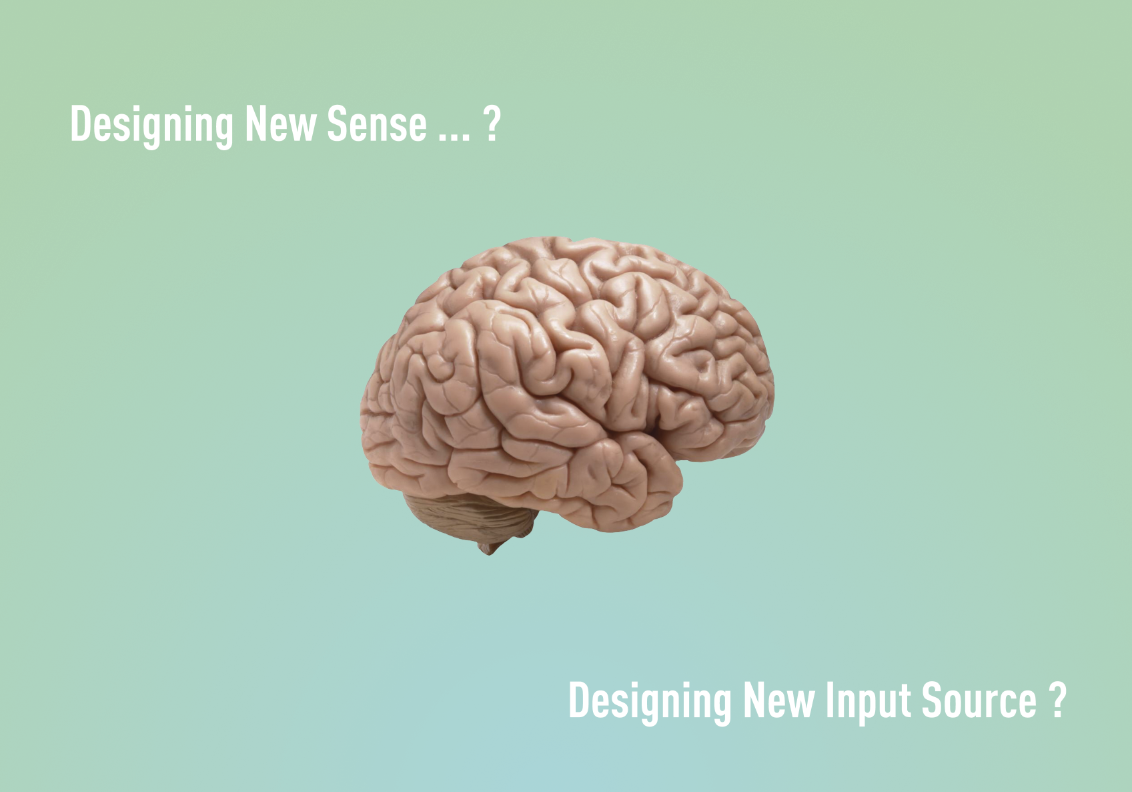Final Project notes
Initial Ideas.
I would like here to present the way I came up with the final project. I actually I will end up with the final project ;)
This class opened my understanding that we can engineer biological systems in countless ways, and apply it in many areas. Process of crystallising the idea of a final project was hard because of those countless possibilities and on the other hand because I am still at the very beginning of understanding complex biological systems.
I believe also sometimes difficulties in making a decision is hard because of the nature of our brain, we don't like for some reason to subtract. This is according to the recent study (link), and this is my experience while thinking about the project... On biological level it is interesting why is that. What evolutionary benefits could this feature have.
My thought process was two fold. First I was thinking about different areas that I would like to addres.
1) Health. I was reading lately about brain, and neuroplasticity.
2)Environment
Second pathway was related to what techniques I learned during the class that were very exciting for me, and that I would like to explore more.
- cell free systems & synthetic cells
- creating/adjusting some kind of pathway metabolic or immunological
Interesting proteins
For this course I was anylysing Bet1 (nerve growth factor) and ApoE- gene which in some variants is closely associated with Alzhaimer.
I was thinking
Problems:
Mental Health
One of the problems that we have in maintaining healthy and balanced life is related to variety of factors that can lower our commitment to healthy choices. It can happen on the variety of planes. We can be mall nutrition, had
Personally I find meditation and movement having a very good impact of my moods. But also I am aware that there
Some random: thoughts
- Augumented sense ? New sense
- What sense might we want?
- What sense might be useful?
- seeing the temperature (enabeling us to dedect who has a fever - indicator of infection)
- Some kind of system promoting neural growth. Maybe by finding a way to introduce Bet1 (nerve growth factor).
- Working on creating photosynthetic skin. Connecting chloroplasts with skin cells to enable extra energy source for humans.
- Enhancing cellular regeneration of skin.

- Enabeling humans to synthesize Vitami C (L-ascrobic acid)
- Creating the environment to maintain balance in mouth microbiome to prevent Alzheimer disease. (There is a correlation between imbalance there and Alzheimer) https://www.sciencedaily.com/releases/2021/04/210412084545.htm
- I was also inspired by the talk of Patrick Boyle about creating the microbiome repelling mosquitos to fight malaria. I was thinking if something similar could be done for ticks. Ticks are carriers of many
- Using olfactory track for stimulating brain health and/or neural growth.
- Recent studies shows that COVID-19 has also an impact on the way our brain operates, and can because serious neurological disorders. I was wondering if we can somehow use the way virus is working on the brain but to creating some kind of therapeutic solution for people with Alzheimer, Parkinson, or those suffering from other conditions which have roots in the way the brain is functioning. - gene therapy?
- I run across interesting algae Polytomella - which used to have photosynthetic prioperities but now it doesn't have them... it used to be green but now it is not.
Research:
Final Project
Short Description:
1)
2)
Synthetic or natural animal-free polymers such as:
cellulose (Huber et al., 2012; Hickey et al., 2018),
chitin/chitosan (Jayakumar et al., 2011),
alginate (Lee and Mooney, 2012),
recombinant silk (Widhe et al., 2010), PLA (Serra et al., 2013),
and PCL (Li et al., 2017) provide low cost,
consistent and tunable scaffold:s
Plasmid Design
Bibliography:
On biosensors
Electric E.coli:
- Great article on muscle contraction
Geobacter the electric microbe
Using Microbial Nanowires for Electricity Generation (from moist air)
Olfactory tract therapeutic
- Article that I found against the/my hypothesis: https://link.springer.com/article/10.1007/s00401-021-02314-2
Muscle cells:
- Voltage sensing mechanism in skeletal muscle excitation-contraction coupling